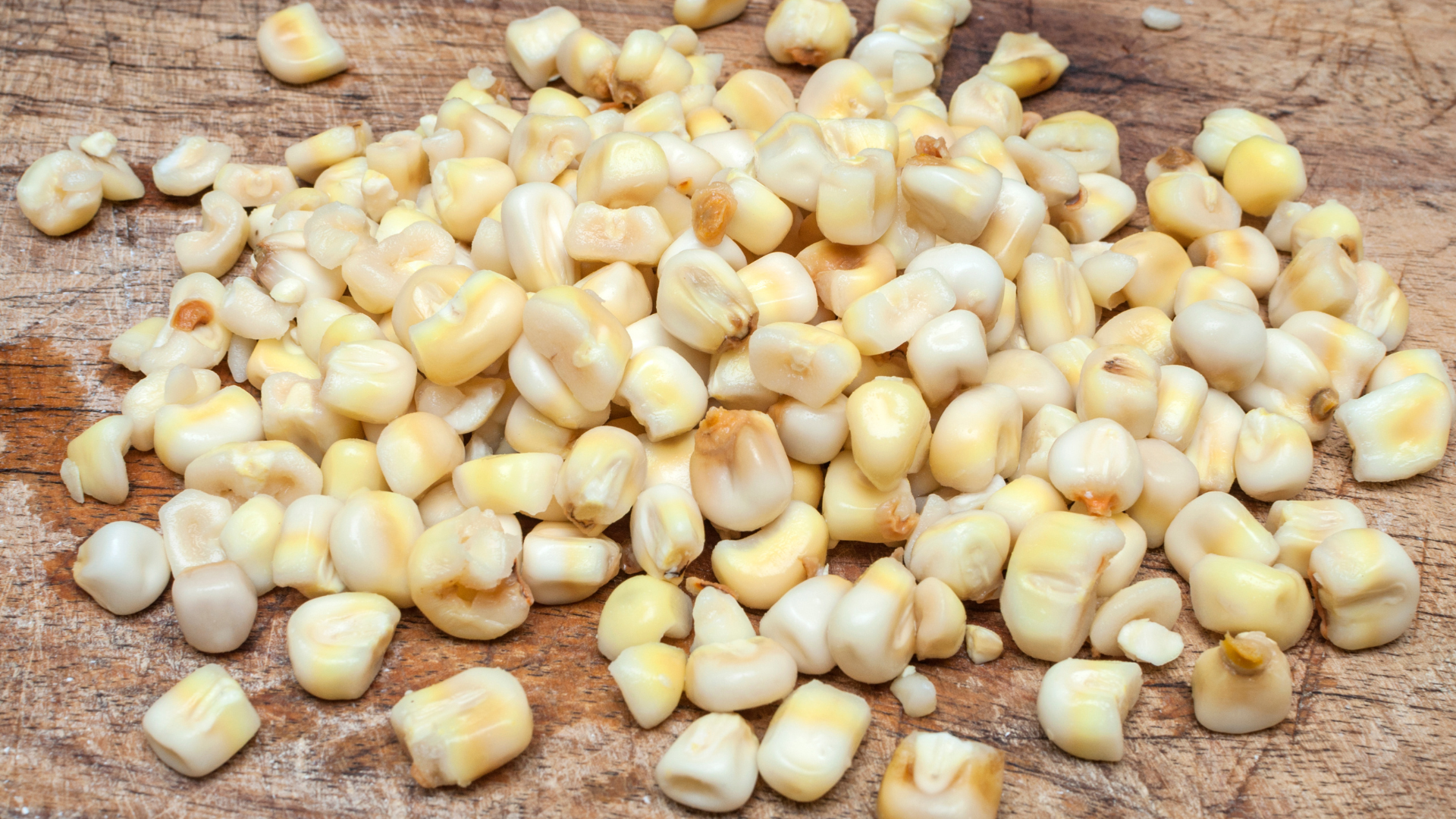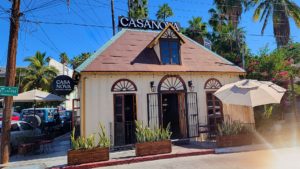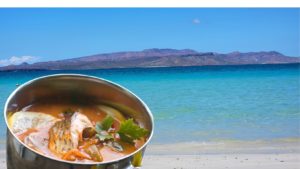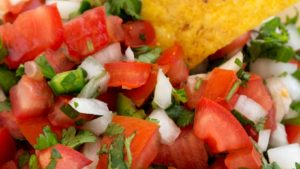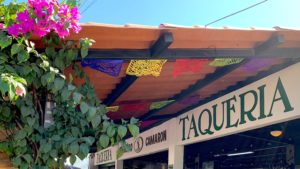Welcome to our very first instalment of The Hungry Hungry Glossary, an ever-growing lexicon of intriguing culinarily relevant terms that we hope will add a little flavour to your day. Let’s take a tiny tortilla of a time-out now and talk about a word we’d like you to stick in your pantry tout de suite if it’s not already in there:
NIXTAMALIZATION
An ancient Mesoamerican culinary technique, nixtamalization is what makes proper tortillas, among other related delights, possible. Without it, they would probably have been known as rough, flavourless discs of badly ground, nutritionally deficient corn. Yum. A boon to maize-dependent cultures like the Mayans and Aztecs, this method was crucial in rendering corn a viable and enjoyable staple that could effectively thwart potentially ruinous disease.
From the Nahuatl nixtli (ashes) and tamalli (cooked maize dough), nixtamalization involves steeping and partially cooking corn in a solution made from water and an alkaline substrate – traditionally the likes of limestone or wood ash, but these days food-grade calcium hydroxide is used. This process softens the kernel while loosening its pesky pericarp, yielding plump hominy known as nixtamal, ideal for grinding into masa (corn flour), which can then be moulded into tortillas, tamales and so on. It also significantly boosts the corn’s flavour factor while dramatically amplifying its nutritional value, unlocking otherwise bound vitamin B3 (niacin), essential for everything from a healthy liver to converting food into fuel.
Evidence of nixtamalization goes back as far as 1500 BCE, but it wasn’t until the 20th century that scientists discovered its crucial B vitamin-releasing powers. Woefully underestimated by newly arrived Europeans as a quaint indigenous cooking style and nothing more, this ancient knowledge didn’t make the voyage over when Columbus and Co. brought maize back with them from the New World. Corn spread widely over the following centuries, but, unbeknownst to its new consumers, it is not a viable staple on its own if left untreated. Unequipped with the know-how and techniques necessary to unlock its nutritional potential, populations that found themselves entirely dependent on maize when other crops failed suffered the consequences. Outbreaks of pellagra hit peasant communities in Spain and Italy particularly hard in the 18th and 19th centuries when their wheat crops gave out. Similar devastation was later visited upon the American Southwest during the Great Depression.
How and why nixtamalization was discovered is a subject of much speculation. One theory points to early civilizations that boiled corn using hot stones placed in cooking vessels that were not sturdy enough to withstand direct fire. Limestone cooking stones, like those used in certain limestone-heavy regions of Mexico and Guatemala, would have provided enough alkalinity for nixtamalization to occur. Some speculate that the first main attraction of nixtamalized corn would have been its grindability, not to mention its new and improved flavour, the incredible nutritional benefits an added bonus to be discovered later. Whatever the details of its origins, pre-Colombian societies dependent on maize would likely never have thrived without this ingenious method.
Check out the great video and podcast in this article for a light geek-out on nixtamalization and find out, among other things, how it “saponifies ester linkages” to release niacin from the clutches of its “starch matrix”. Damn right it does.

